Angola: From Ancient Kingdoms to Oil‑Rich Nation – Geography, History & Culture
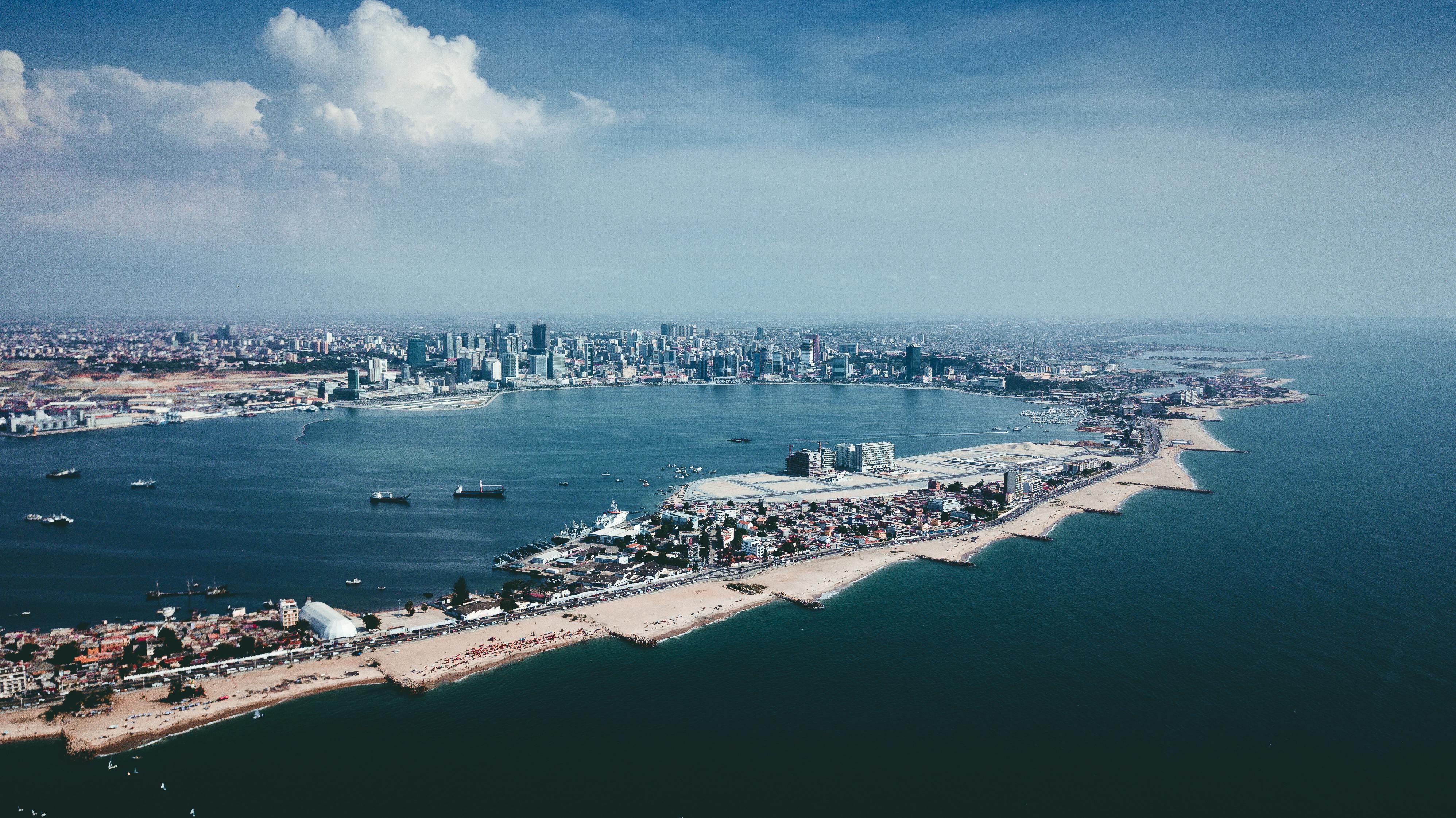
Explore Angola, a nation of rugged plateaus, tropical rainforests, and oil wealth. This detailed guide traces its journey from Bantu kingdoms to Portuguese colonialism, 27 years of civil war, and modern resurgence. Discover Angola’s landscape, people, resilience, and future.
Angola – Land of Contrasts, Culture & Resilience
Angola—officially the Republic of Angola—sits on the southwestern coast of Africa, just south of the equator. With its Atlantic shoreline, highland plateaus, tropical river valleys, and the oil-rich exclave of Cabinda, Angola is a country of striking diversity and enduring strength.
🌍 Geography & Natural Features
-
Total area: ~1,246,700 km², ranking 22nd in the world BBCBritannica KidsUnited Nations+4Wikipedia+4Britannica Kids+4
-
Borders: Republic of Congo, Democratic Republic of Congo (DRC), Zambia, Namibia; Atlantic Ocean to the west; Cabinda exclave separated by DRC Wikipedia+3Condé Nast Traveler+3Britannica Kids+3
-
Terrain: Coastal plains rise swiftly to interior plateau; forests in north and Cabinda; savannas in the central highlands Wikipedia+1United Nations+1
-
Highest point: Mount Moco, approx. 2,620 m in Huambo region Statista+4United Nations+4Wikipedia+4
-
Major rivers:
-
Kwanza River (~960 km): Angola’s longest, navigable near Luanda; lifeline for agriculture and hydropower United Nations+3Kids World Travel Guide+3NTA Exam+3
-
-
Waterfalls & national parks: Kalandula Falls, Iona National Park, Kissama National Park are highlights of biodiversity and scenic beauty Condé Nast Traveler+2Kids World Travel Guide+2NTA Exam+2
Angola’s climatic zones vary—from tropical humid in the north and Cabinda, to semi-arid in the southwest—impacting both vegetation and population patterns Britannica Kids+1Condé Nast Traveler+1.
🕰️ Historical Timeline
Pre‑colonial Origins
The region was first inhabited by San hunter‑gatherers. From the 6th century onwards, Bantu migrations introduced metalworking, agriculture, and early kingdoms such as Kongo, Ndongo, and Kasanze (c.1500–1648), both resisting Portuguese expansion Wikipedia+1Wikipedia+1.
Portuguese Rule (1575–1975)
In 1575, the Portuguese established the settlement of Luanda, evolving into a colonial hub. Angola became an official overseas province in 1951. The colonial economy heavily relied on the slave trade, export of coffee, cotton, and later oil and diamonds. Forced labour, oppressive tax regimes, and revolts occurred throughout the colonial period WikipediaWikipedia.
Independence & Civil War (1975–2002)
Angola declared independence on 11 November 1975, following a military coup in Portugal. A power struggle among key factions—MPLA, UNITA, and FNLA—spiraled into a 27‑year civil war that killed an estimated million people, displaced millions, and left millions of landmines across the landscape TIME.
Post-war & Modern Era (2002–Present)
Since the war’s end in 2002, Angola has focused on reconstruction and economic redevelopment. Leadership under President João Lourenço (since 2017) has aimed at reducing corruption and diversifying the economy beyond oil TIME+1AFRICA FACTS ZONE+1.
🤝 Government & Politics
Angola is a unitary multiparty republic with a single legislative chamber. The ruling party MPLA, long dominant since independence, faces growing pressure from UNITA and youth demands for reform and transparency Britannica Kids+1Encyclopedia Britannica+1.
Cabinda remains a separatist flashpoint. Its significant oil yields (two‑thirds of national output) have fueled demands for autonomy and occasional armed conflict with government forces The New Yorker+11Condé Nast Traveler+11BBC+11.
👤 Demographics & Society
-
Population: ~36 million (2025 est.); growing at ~3.3% per year—the second fastest in Africa Encyclopedia Britannica+3Britannica Kids+3Statista+3
-
Urbanization: ~69% urban; over 2.7 million live in Luanda, home to slum settlements known as musseques AFRICA FACTS ZONE+13Statista+13Statista+13
-
Life expectancy: ~60 (men), ~64 (women); literacy ~83% male, ~63% female Britannica Kids+1Encyclopedia Britannica+1
-
Poverty: ~41% below national poverty line; deeper in rural areas, income inequality persists Statista
-
Languages & Ethnicity:
-
Official: Portuguese
-
Major Bantu languages: Kimbundu, Umbundu, Kikongo; Ovimbundu, Ambundu, and Bakongo are largest ethnic groups; over 100 languages spoken United Nations+4CountryReports+4Wikipedia+4
-
🌍 Economy & Resources
Angola’s lifeblood is oil and diamonds:
-
Oil accounts for ~95% of exports; diamonds also significant Condé Nast Traveler+5AFRICA FACTS ZONE+5Discover Africa | AfrikanInsights.com+5Reuters+1Reddit+1
-
Rich reserves: iron ore, phosphates, copper, gold, uranium, farmland potential, and fishing resources Discover Africa | AfrikanInsights.com+3United Nations+3NTA Exam+3
-
Growth drivers: government seeking to diversify via agriculture, tourism, fisheries, renewable energy, and technology sectors. China and Europe are competing to fund solar, EVs, and infrastructure projects Reuters
🧭 Culture & Identity
Angolan culture fuses Portuguese heritage with native Bantu traditions:
-
Ethnic diversity with distinct customs, architecture, and music Encyclopedia Britannica+4Wikipedia+4El País+4
-
Kizomba, a sensual dance genre born in late 1970s Angola, evolved during the civil war and now serves as a cultural emblem and a national intangible heritage El País
🏞️ Environment & Tourism
Despite years of war and landmine contamination, Angola’s tourism potential is vast:
-
Destinations such as Kalandula Falls, Iona National Park, Kissama National Park, and the Kavango‑Zambezi Transfrontier Conservation Area offer wildlife, landscapes, and adventure tourism possibilities Kids World Travel Guide+2Condé Nast Traveler+2NTA Exam+2
-
Recovery efforts to clear mines and rebuild roads and hospitality infrastructure are underway
🌟 Why Angola Matters
Angola is a story of transformation—from pre-colonial kingdoms to colonial struggles, from a civil war legacy to ambitious reconstruction. Its youth, natural resources, and cultural vibrancy signal potential for growth, while challenges remain. Learning Angola’s story is witnessing resilience, reinvention, and the possibility of tomorrow.
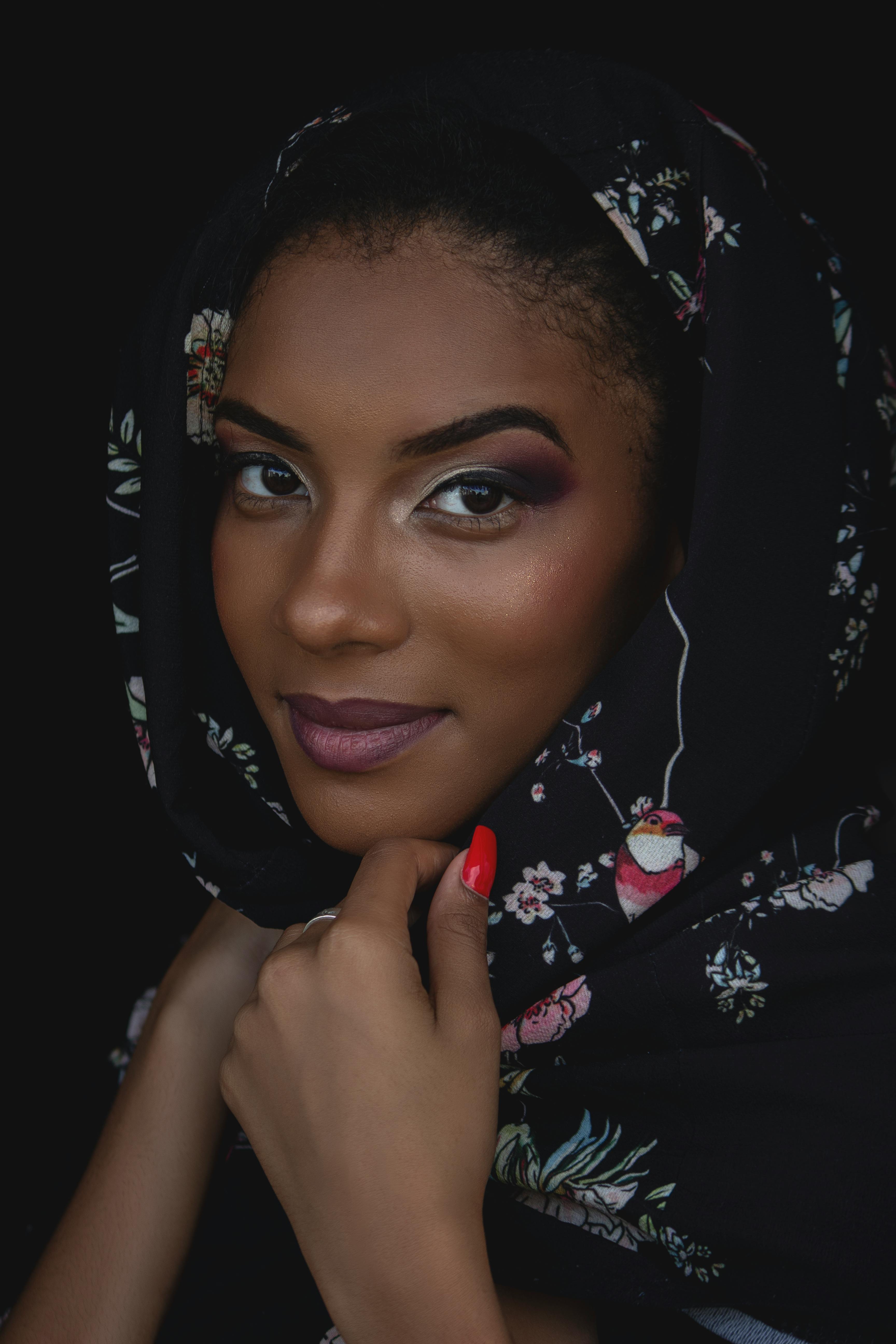
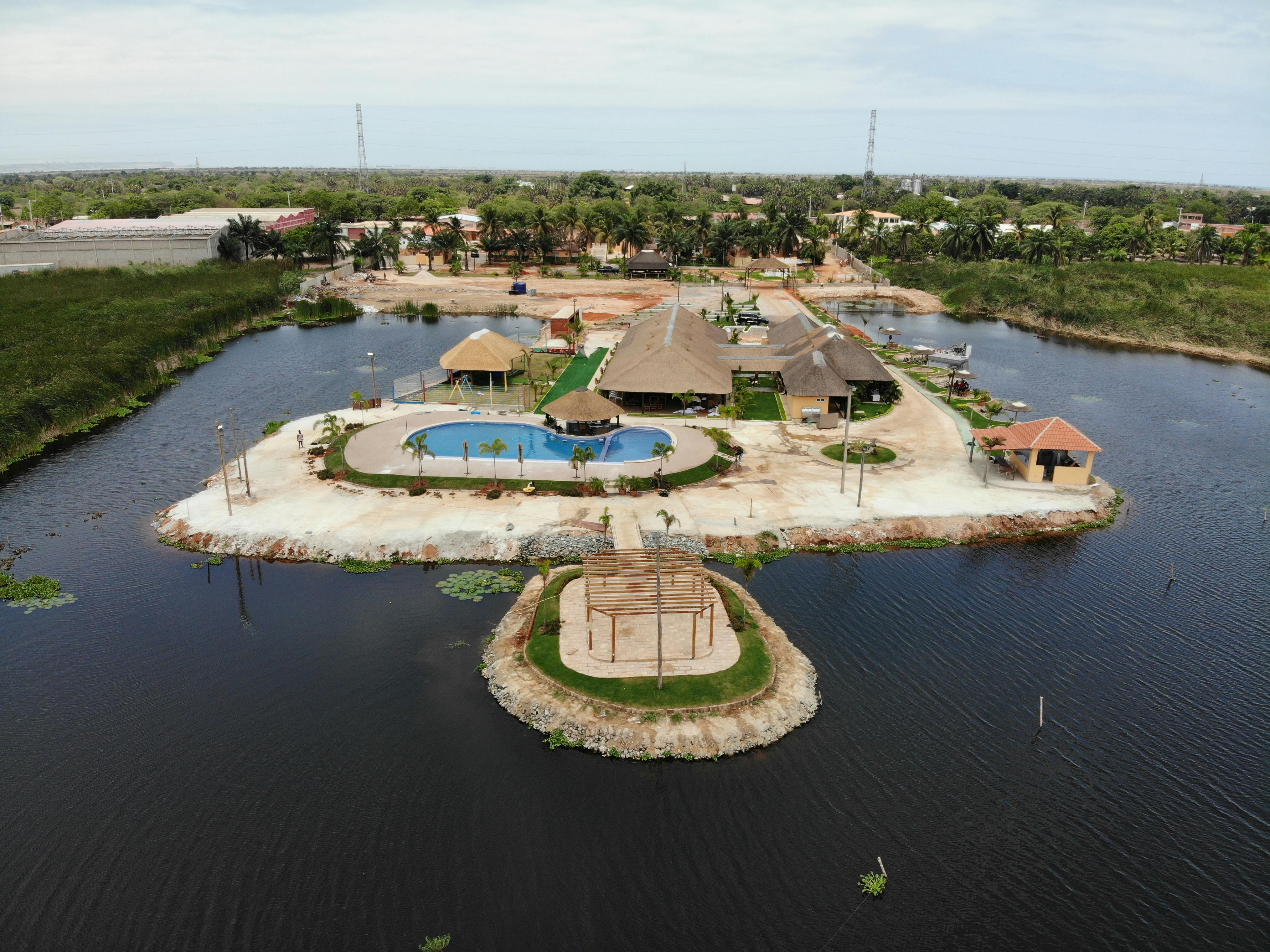
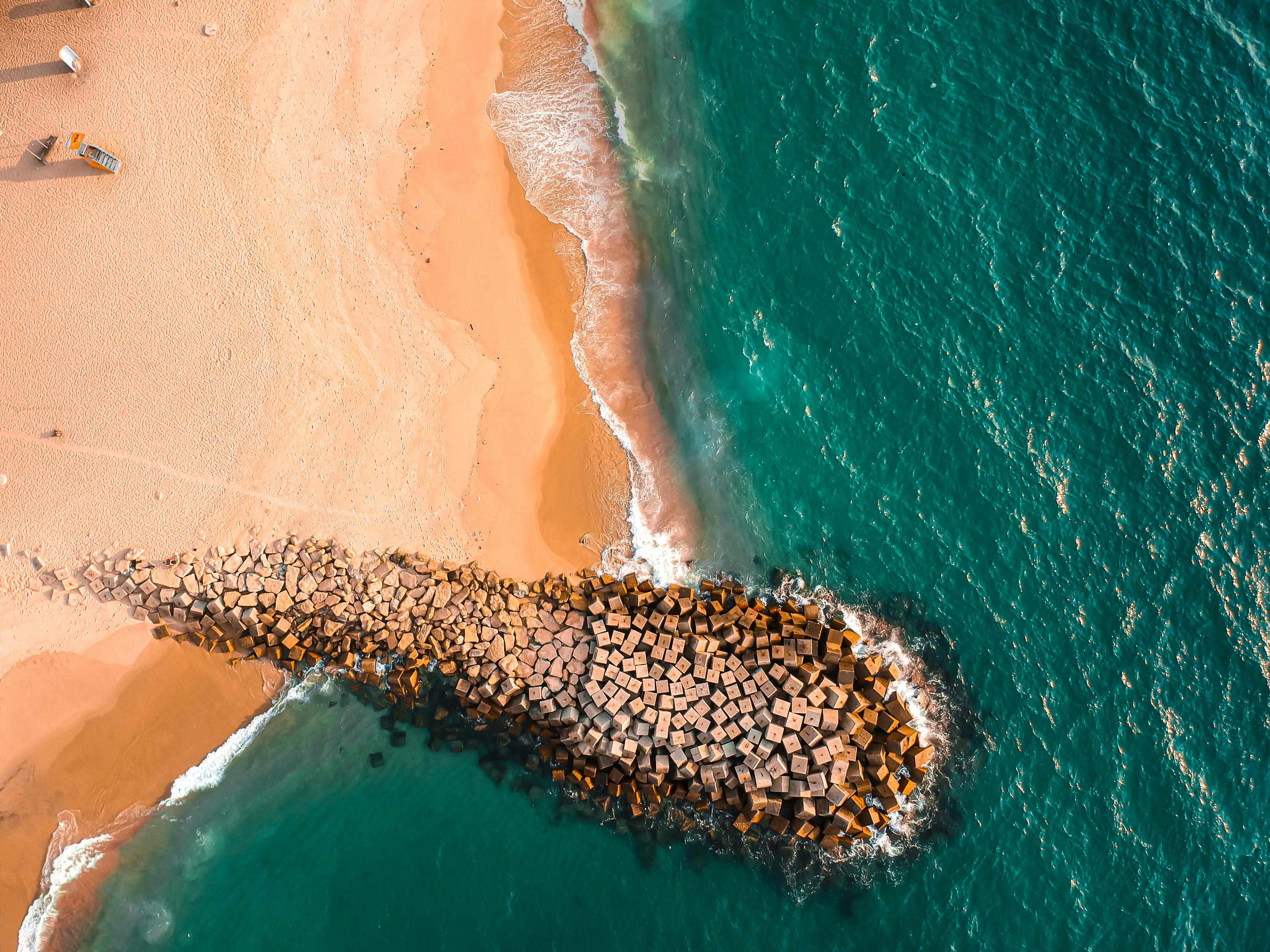
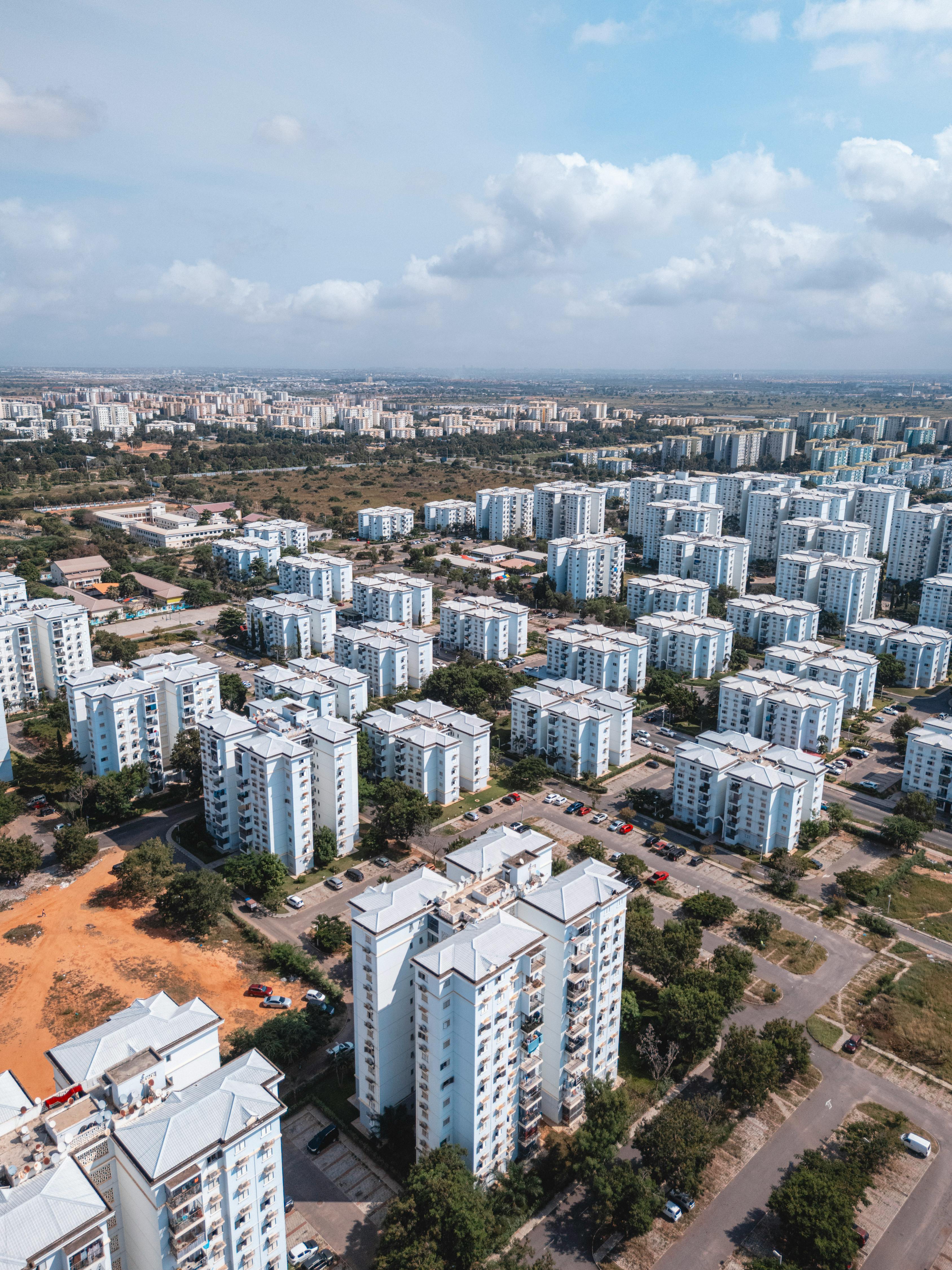

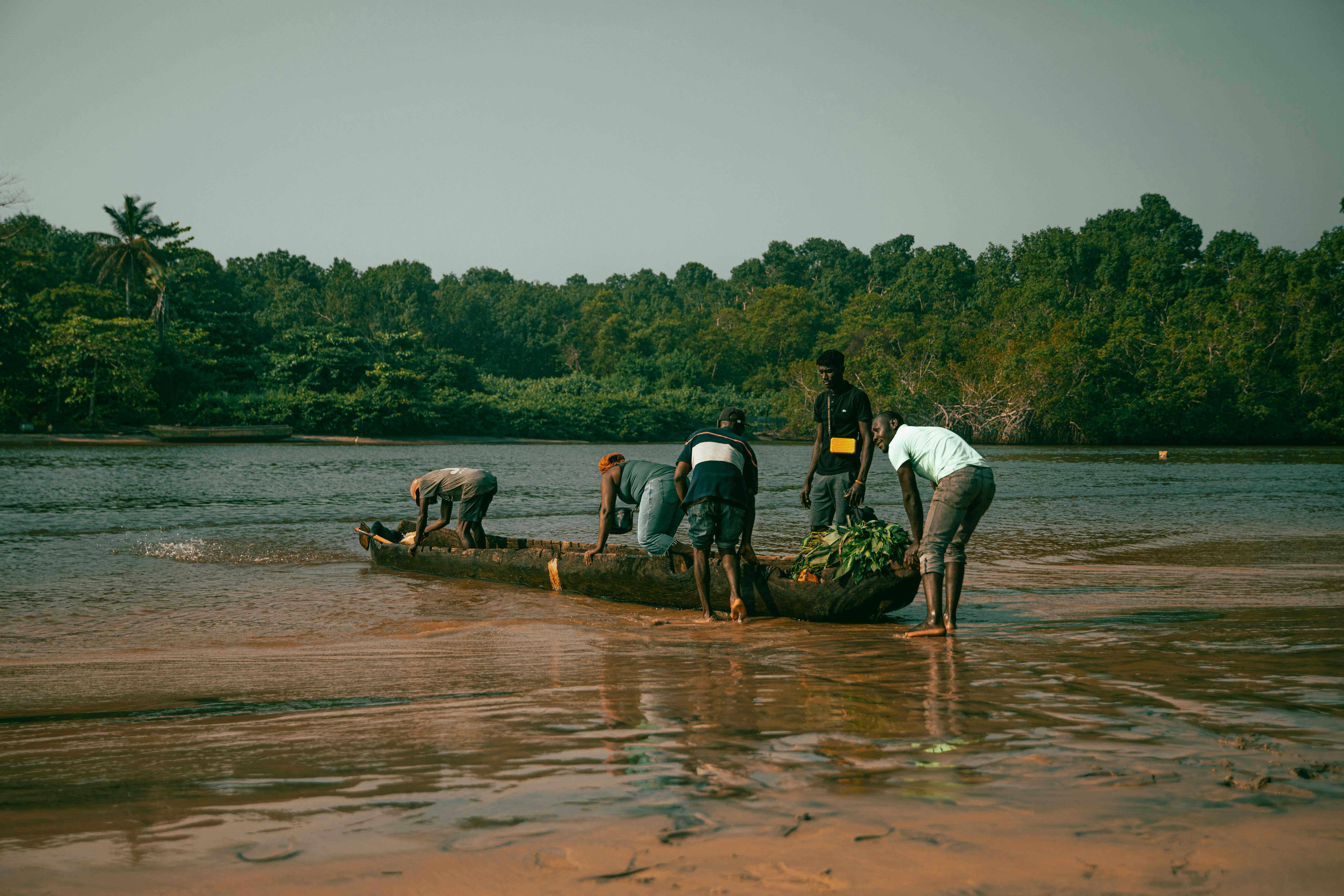
Comments (0)
Please login to leave a comment.